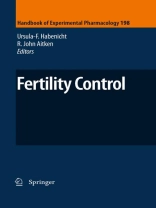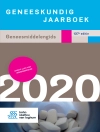The world’s population is growing at an unsustainable rate. From a baseline ?gure of one billion in 1800, global population is predicted to exceed nine billion by 2050 and 87. 8% of this growth will be localized in less developed countries. Such uneven population growth will yield a harvest of poverty, malnutrition, disease and en- ronmental degradation that will affect us all. Amongst the complex mixture of political, social, cultural and technological changes needed to address this issue, the development of improved methods of fertility regulation will be critical. The inadequacy of current contraceptive technologies is indicated by recent data s- gesting that the contraceptive needs of over 120 million couples go unmet every year. As a direct consequence of this de?cit 38% of pregnancies are unplanned and more than 50% end in an abortion, generating a total of 46 million abortions per annum particularly among teenagers. If safe, effective contraceptives were ava- able to every couple experiencing an unmet family planning need, 1. 5 million lives would be saved each year (UNFPA 2003). Progress in contraceptive technology should not only generate more effective methods of regulating fertility, but should also provide a range of methods to meet the changing needs of the world’s population. Contraceptive practice was revo- tionized in 1960 in the US and 1961 in Europe by the introduction of the oral contraceptive pill by Gregory Pincus, MC Chang and colleagues, based on fun- mental hormone research conducted in Germany.
Table of Content
Female Reproduction.- New Insights into Ovarian Function.- Estrogen Signaling in the Regulation of Female Reproductive Functions.- Progesterone Receptors and Ovulation.- Contraception Targets in Mammalian Ovarian Development.- Proteomics of Embryonic Implantation.- Evaluation of Plasma Membrane Calcium/Calmodulin-Dependent ATPase Isoform 4 as a Potential Target for Fertility Control.- Male Reproduction.- New Insights into Sperm Physiology and Pathology.- The Epididymis as a Target for Male Contraceptive Development.- Sperm–Zona Pellucida Interaction: Molecular Mechanisms and the Potential for Contraceptive Intervention.- Mouse Models as Tools in Fertility Research and Male-Based Contraceptive Development.- New options: From target to product.- Male Hormonal Contraception.- Family Planning: Today and in the Future.












